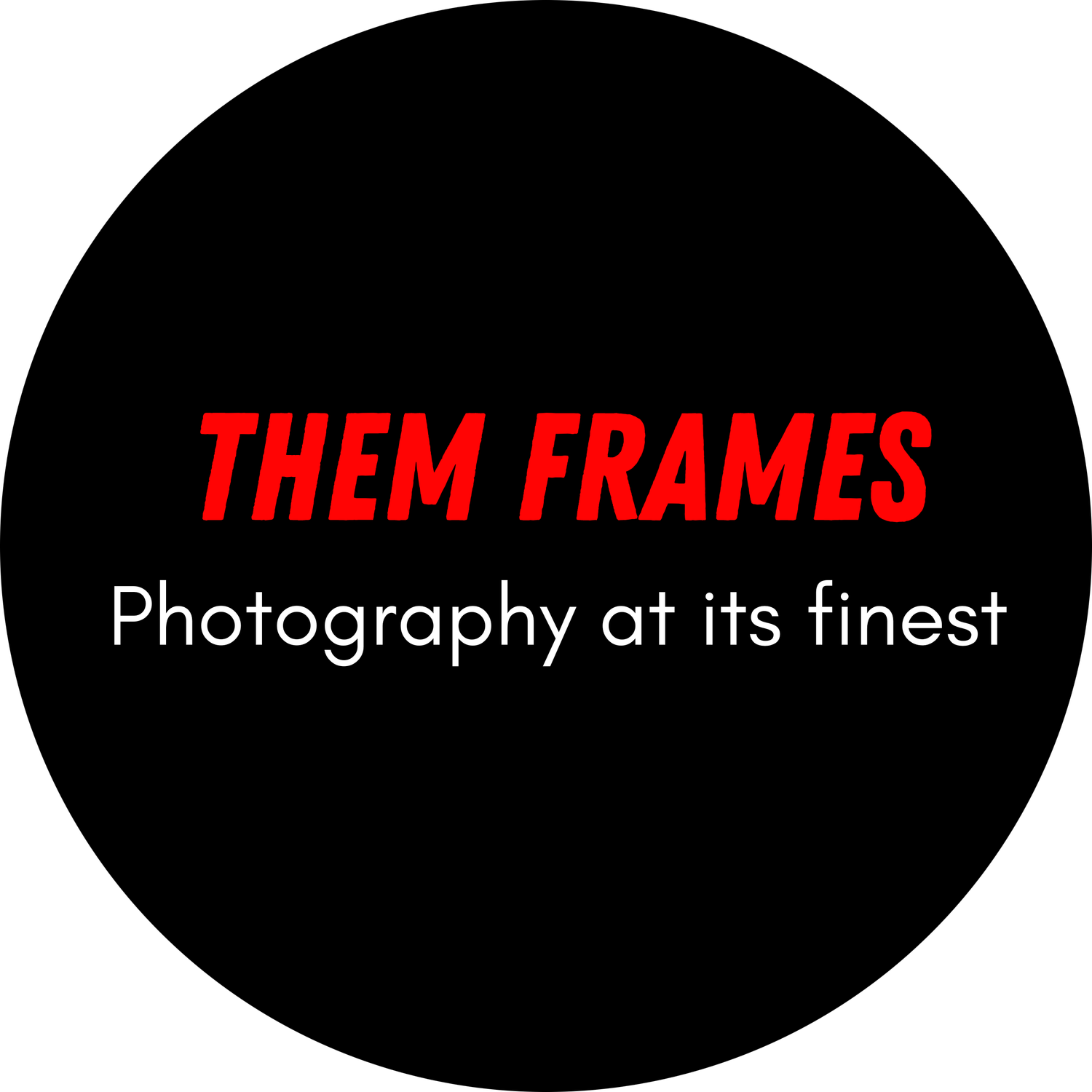Antoine d'Agata's Show Made me Angry: Why That's a Success
I'm in a hotel lobby, processing the experience I’ve just had. Only an hour ago I viewed a 20 minute presentation of the work of Antoine d'Agata. The photographs presented to the audience were some of the most horrific, disturbing, borderline vulgar images I’ve seen. In an aim to unpack the experience, I want to explore what to think about photography that challenges us.
Antoine d'Agata: The Difficult Work on Show
Hosted at the Tbilisi Photography & Multimedia Museum, d’Agata - a Magnum photographer - began by giving us a verbal overview of his career, then started sharing selected images from across his 30 year journey through photography.
The Museum, blacked out with little ambient light, was filled to the brim with people wanting to dive into his photographic stories. The images were shown to us on a large, bright projector, with darkness surrounding all other areas, there was no escaping the power of each frame.
True to the museum’s name, the presentation was a blend of art forms; d’Agata’s works and a chilling soundtrack to accompany them. The music had you on edge. It didn’t build and go somewhere, but rather held you in a space of dysregulation.
This was clearly by design, as no other music would perfectly sync with the images before us. And then they begin…
From an ultra fast pace to a gripping pause, the flow of the imagery had you on the edge of your seat. The contents were graphic, hence the strict 18+ policy and the request that nobody took pictures during the presentation.
Graphic sex, drug use, abuse and death, including murder. This wasn’t an enjoyable experience. At times I felt like running for the exit and I’m one of the least prudish people I know.
The sex didn’t feel like a celebration of intimacy, rather a cry for validation and need to escape. The drug use wasn’t recreational, instead highlighting the dark depths of addiction.
In certain moments I felt angry. Why are you showing us this? What is the purpose of what you’re subjecting us to? Blood, overdose, hangings; how much more do we need to see?
Then, of course, the other part of me understands photography can’t always be “beautifully epic.” There are times in life when we’ll see things we don’t enjoy, that we want to run away from. But, the scenes are valid, they’re real and they’re worthy of documentation just as much as any other topic we point our lens towards.
Perhaps the most challenging part of the work is that I felt powerless. As I saw people shooting up heroin, women selling their bodies, men deeply cutting their skin, I wanted to help, but I couldn’t. All I could do is witness, wait for it to be over, and then try and make sense of it all.
Antoine d'Agata: Describing the Work
After the presentation was a Q&A. One person opened their question by stating it was wonderful work. Wonderful isn’t a word I would use.
The reality is it was horrible, painful, and truly heartbreaking; but that doesn’t mean it wasn’t a success. I don’t wish to criticize people asking the questions, they mean well. But, if that was my body of work and people rushed to such superlatives, I’d question if the work had done its job.
Because there will always be photographers that don’t want you to only see the nice things in our world. They want to gaze on the pain that’s part of the human experience. Regardless of how it makes me feel, or what I think, it’s critical we have photographers like d’Agata, the type that doesn't sugar coat existence but instead shows you how dark it can be.
I met him briefly, and my quick impression is he’s a lovely man. He spoke with humility and a deep passion for the craft. I asked him what type of mental impact the work had on him, and it was clear he didn’t want to delve too much into that - who would? But, he did say it was a privilege to tell these stories, the stories of people who are pushed to the fringes of society and I found that to be a beautiful answer.
Signing Off
My challenge to you is to view work that makes you feel uncomfortable, work that you’d usually run away from. It will bring up emotions you may not like, however, it will encourage you to process them and try to understand why you feel the way you do.
d’Agata’s work also made me ask an important question: Am I doing enough? I’ve become rather secure in my bubble of street portraits and travel photography. Could I make more impactful work? More challenging work?
I’m certainly not about to go to his extremes, but it did inspire me to consider pushing the boundaries a little further, while also being more empathetic to the truly harrowing lives people experience. That’s why d’Agata’s work, as difficult as it was, has been a career-long success.
You can connect with Antoine d'Agata via his Instagram.
Want your work featured on Them Frames? Pitch us.






